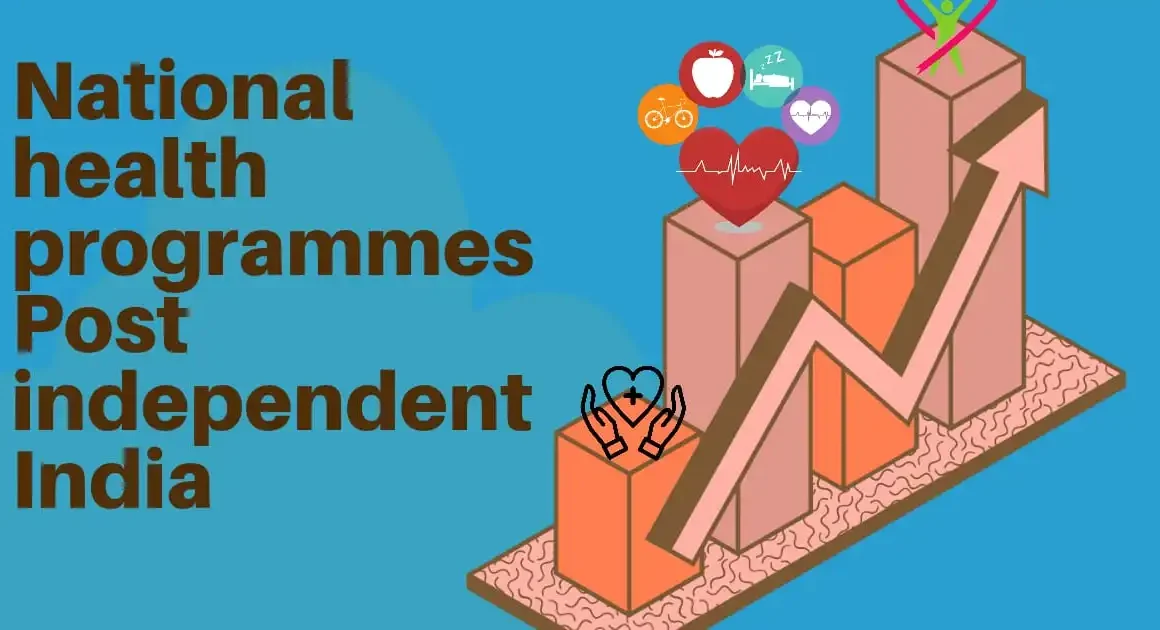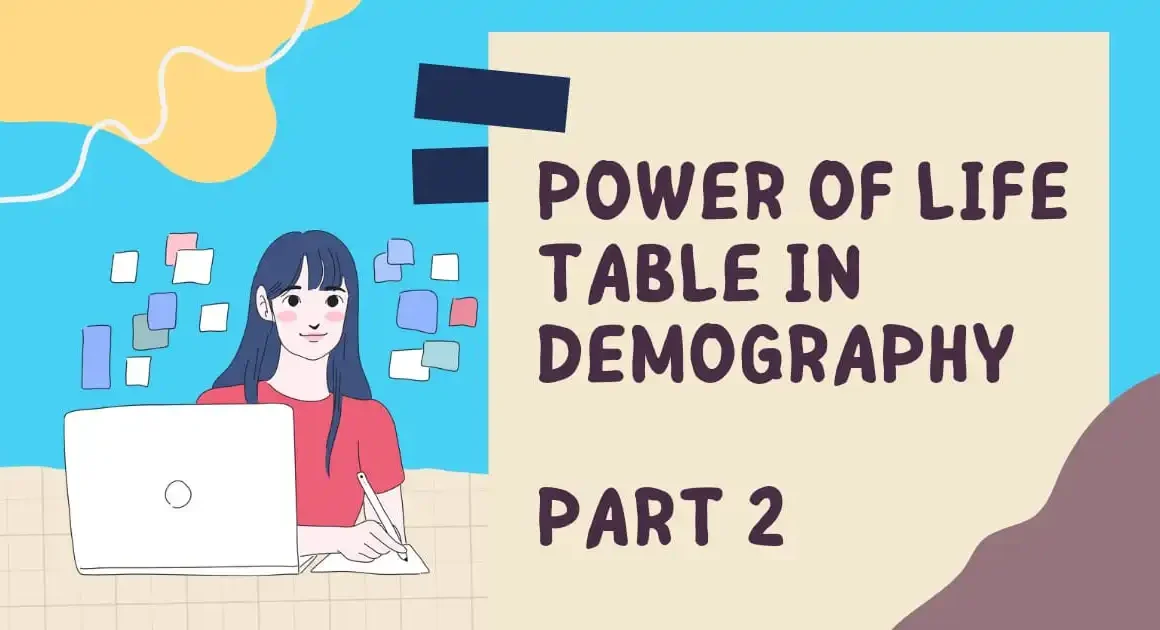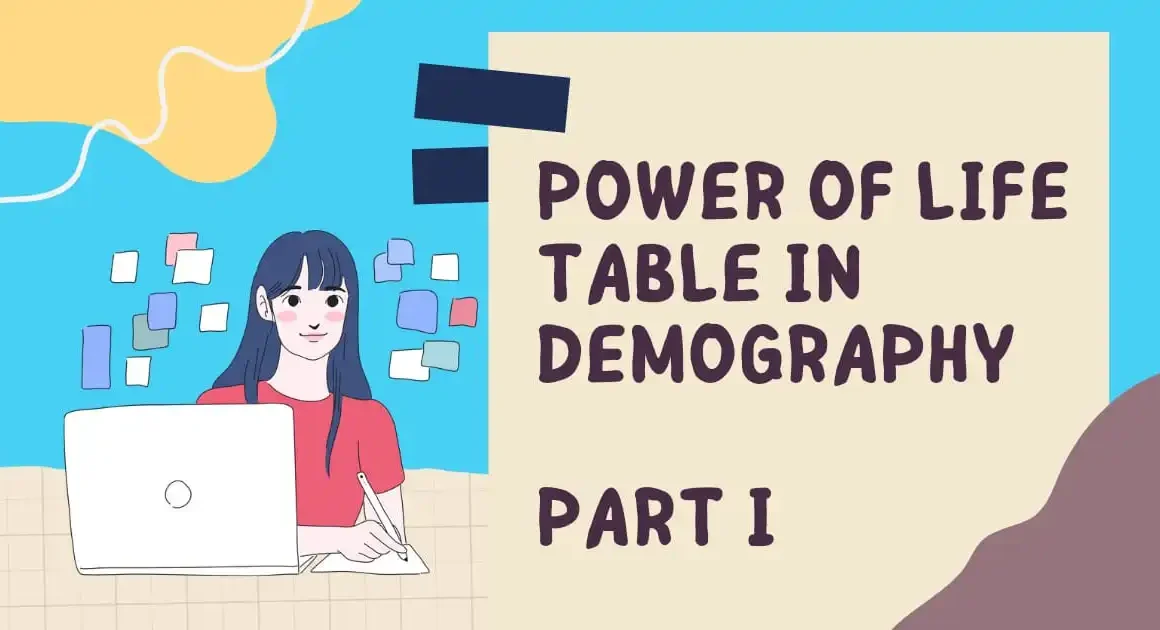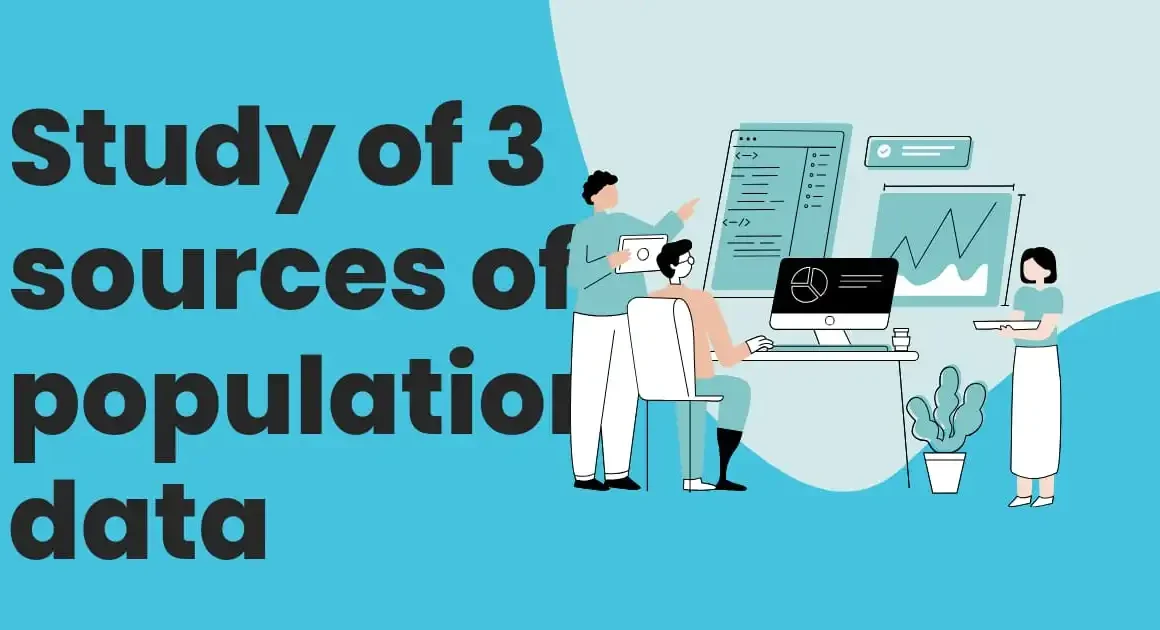India has come very far in meeting the healthcare demands of its enormous population since attaining independence in 1947. The government introduced several national health programme over the years with the goals of increasing good health outcomes, reducing the burden of disease, and improving access to healthcare services. This article will examine the post-independence development of India’s national health programme, including their goals, methods of execution.
Employee’s State Insurance Act (1948)
Parliament approved the 1948 Employees’ State Insurance Act (ESI Act 1948). It was India’s first significant piece of social security law after independence. Jawaharlal Nehru, the prime minister, launched the programme at Kanpur on February 24, 1952.
Family Planning Programme (1951)
In India, Government introduced the family planning project. India is the first nation in the world to introduce a scheme of this nature.
The National water Supply and Sanitation Programme (1954)
The government initiated the National Supply and Sanitation Programme guarantee secure water sources and sufficient drainage infrastructure for both rural and urban communities nationwide. The government’s dedication to addressing the pressing need for clean water and adequate sanitary infrastructure—both of which are crucial for advancing public health and wellbeing—is demonstrated by this programme.
AIIMS & IIPS (1956)
- Establishment of All India Institute of Medical Science (AIIMS) in New Delhi.
- Establishment of International Institute for Population Science (IIPS), Mumbai
Balwadi Nutrition Programme (1970)
A balwadi is an Indian preschool run by non-governmental organization’s (NGOs) or the government that was primarily created for kids from low-income families. These establishments aim to offer early childhood education and care to kids who are usually in the 3–6 age range. The Balwadi Nutrition Programme is another healthcare and education programme that aims to meet the nutritional needs of children in this age group who live in rural areas.
Medical Termination of Pregnancy Act (1971)
Medical Termination of Pregnancy Act (MTP) extends to the whole of the country except the state of Jammu and Kashmir. MTP is a landmark legislation in India that governs the termination of pregnancies. The primary objective of the MTP Act is to provide legal and safe access to abortion services for women in certain circumstances.
Integrated Child Development Scheme – ICDS (1975)
- The Integrated Child Development Services (ICDS), launched on October 2nd, 1975
- It stands as one of the world’s largest and most unique programs dedicated to early childhood care and development.
- Its overarching aim is to provide essential nutrition and improve the overall health of children aged 0-6, as well as pregnant and lactating mothers.
- ICDS offers an array of vital services, including immunization, health check-ups, referral services, supplementary nutrition, preschool non-formal education, and nutrition and health education.
- The program’s focus on health is underscored by its delivery of the first three services through the National Health Mission under the Ministry of Health and Family Welfare (MoHFW)
- These crucial health-related services are rendered at Anganwadi centers by Anganwadi workers and helpers, who operate at the grassroots level, ensuring accessibility to even the most remote communities.
Family Welfare Programme (1977)
- Government changed family Planning Programme to family welfare programme.
- Establishment of National Institute of Health & Family welfare (NLHFW) in New Delhi.
- The world health organization gave the slogan “Health for all by 2000 AD” in May 1977
Universal Immunization Programme – UIP (1985)
- In 1978, ministry of Health and Family welfare, Govt of India introduced Immunization programme as expanded programme of immunization (EPI).
- In 1985, the government modified EPI programme as Universal Immunization Programme.
The Department of Women and Child Development (1985)
The Department of Women and Child Development was first charged with handling issues pertaining to women and children in India when it was established in 1985 under the Ministry of Human Resource Development. The department was elevated to a full-fledged ministry in 2006—known as the Ministry of Women and Child Development—in acknowledgment of its crucial significance.
PC/PNDT Act (1994)
- Pre conception and Pre-Natal Diagnostic Technique Act was enacted 1994 in order to check female foeticides.
- The act prohibits the determination and disclosure of the sex of foetus.
Pulse – Polio Programme (1995)
In 1995, the government reported final case of polio. The final known cases of polio occurred in Gujarat and West Bengal in January 2011. the WHO proclaimed India polio-free on March 27, 2014.
ISM & H (1995)
- The department of Indian System of Medicine and Homeopathy (ISM & H) was launched.
- In Nov 2003, ISM & H was renamed as AYUSH- Ayurveda, Yoga and Naturopathy, Unani, Siddha and Homeopathy.
- On 9th Nov 2014, the ministry of AYUSH was formed to ensure the optimal development and propagation of AYUSH system of Health care in India.
Reproductive & Child Health Programme (1997)
- Government launched Reproductive and child health programme in October, 1997.
- A key turning point occurred with this programme in India’s attempts to improve population health and well-being, with a focus on maternal and child health.
National Population Policy (2000)
- By 2010, the goal was to raise the overall fertility rate to replacement levels.
- By 2045, the long-term goal was to have a steady population.
The United Nation’s Millennium Development Goals – MDGs (2000)
- These goals aimed to address various global challenges, including poverty, hunger, disease, education, gender equality, and environmental sustainability, by the target year of 2015.
- There are eight Millennium Development Goals
Goals
- Eradicate Extreme Poverty and Hunger
- Achieve Universal Primary Education
- Promote Gender Equality and Empower Women
- Reduce Child Mortality
- Improve Maternal Health
- Combat HIV/AIDS, Malaria, and Other Diseases
- Ensure Environmental Sustainability
- Develop a Global Partnership for Development
Reproductive & Child health Programme – RCH-II (2005)
- RCH-II aimed to provide a comprehensive package of reproductive and child healthcare services, including antenatal care, postnatal care, family planning, immunization, nutrition counseling, and treatment for common childhood illnesses.
- Recognizing the importance of empowering women and communities in improving maternal and child health.
National Rural Health Mission- NRHM (2005)
- Ministry of health and Family welfare launched National Rural Health Mission on 12th April 2005.
- The government introduced the following scheme in NRHM to improve material and new born health care
Schemes
- ASHA – Accredited Social Health Activist
- JSY – Janani Suraksha Yojana
- JSSK – Janani Shishu Suraksha Karyakram
- RBSK – Rashtriya Bal Swasthya Karyakram
- Under NRHM, the EAG States ( Madhya Pradesh, Chhattisgarh, Uttar Pradesh, Uttarakhand, Bihar, Jharkhand, Rajasthan, Odisha) , NE states (Assam, Tripura, Meghalaya, Arunachal Pradesh, Manipur, Nagaland, Mizoram) , Sikkim, Jammu & Kashmir and Himachal Pradesh have been given special focus.
National Health System Resource Centre – NHSRC (2007)
- The main goal of NHSRC is to help the nation’s health systems and enhance the delivery of healthcare, especially in underserved and rural areas, by offering technical assistance and capacity-building support.
- NHSRC is the technical support unit under the ministry of health and family welfare which work across the country through the national rural health mission (NRHM)
Rashtriya Swasthya Bima Yojana – RSBY (2009)
- By giving below-poverty-line (BPL) families access to cashless and paperless treatment at affiliated hospitals and healthcare providers, RSBY aims to safeguard them financially from the exorbitant cost of healthcare.
Navjaat Shishu Suraksha Karyakram (2009)
The Government of India launched NSSK which is a flagship initiative with the aim of ensuring comprehensive healthcare services and protection for newborns and infants.
The National Urban Health Mission -NUHM approved (2013)
The cabinet has approved NUHM as a sub-mission of National Health Mission on 1st May 2013. NUHM has six components.
- NRHM-RCH Flexi-pool
- NUHM Flexi pool
- Communicable disease
- Non communicable disease including injury & trauma
- Infrastructure maintenance
- Family welfare central sector component
National Urban Health Mission (2014)
Union Health minister Gulam Azad launched NUHM on 20th January 2014 in Bangalore.
Mission Indradhanush (2014)
the Union health minister Sri.J P Nadda LAUNCHED Mission Indradhanush on 25th December 2014. The primary objective of Mission Indradhanush is to accelerate the coverage of immunization among children and pregnant women across the country.
The Mission on Good Governance Day (2014)
- The Union Health minister launched the mission to mark the birth anniversaries of two bharat ratnas Shri Madan Mohan Malaviya and former Prime minister Shri. Atal Bihari Vaypayee.
- The Mission on Good Governance Day aims to raise awareness about the importance of good governance in fostering development, promoting social justice, and ensuring effective delivery of public services.
The India Newborn Action Plan -INAP (2014)
In an effort to improve newborn survival and health outcomes and reduce the high neonatal mortality rate in the nation, the Indian government introduced it in 2014.
Key objectives and components of the India Newborn Action Plan (INAP) include:
- Reduction of Neonatal Mortality
- Quality Antenatal and Intrapartum Care
- Essential Newborn Care Practices
- Management of Newborn Complications
- Community-based Interventions
- Health Information Systems
- Partnerships and Coordination
Sustainable Development Goals – SDGs (2016)
The Sustainable Development Goals (SDGs) are a set of 17 interconnected global goals adopted by all United Nations Member States to be achieved by 2030. It was assembly in 2015 and came into effect in January 2016.
The 17 Sustainable Development Goals are as follows:
- No Poverty
- Zero Hunger
- Good Health and Well-being
- Quality Education
- Gender Equality
- Clean Water and Sanitation
- Affordable and Clean Energy
- Decent Work and Economic Growth
- Industry, Innovation, and Infrastructure
- Reduced Inequality
- Sustainable Cities and Communities
- Responsible Consumption and Production
- Climate Action
- Life Below Water
- Life on Land
- Peace, Justice, and Strong Institutions
- Partnerships for the Goals
Mother’s Absolute Affection Programme – MAA (2016)
- Government launched MAA on 5th Aug 2016
- It covers all the states & Union territories (UTs) to promote breast feeding in India
- Madhuri Dixit is the brand Ambassador of MAA
National Health Policy-II (2017)
The National Health Policy 2017 aimed to address the evolving healthcare needs of India’s population and outline a roadmap for achieving universal health coverage.
Ayushman Bharat Yojana (2018)
- On 23rd Sep 2018, Ayushman Bharat Yojana was launched in Ranchi district of the state Jharkhand by the P.M Narendra Modi.
- Ayushman Bharat Yojana or Pradhan Manthri Jan Arogya Yojana provides free treatment upto 5 lakh per year approximately more than 50 crore poor people of the country.
- This is the World’s largest government funded health care programme targeting more than 50 crore beneficiaries.
For more population studies notes : https://learnthrill.com/learn-3-sources-of-population-data-a-detailed-study/




